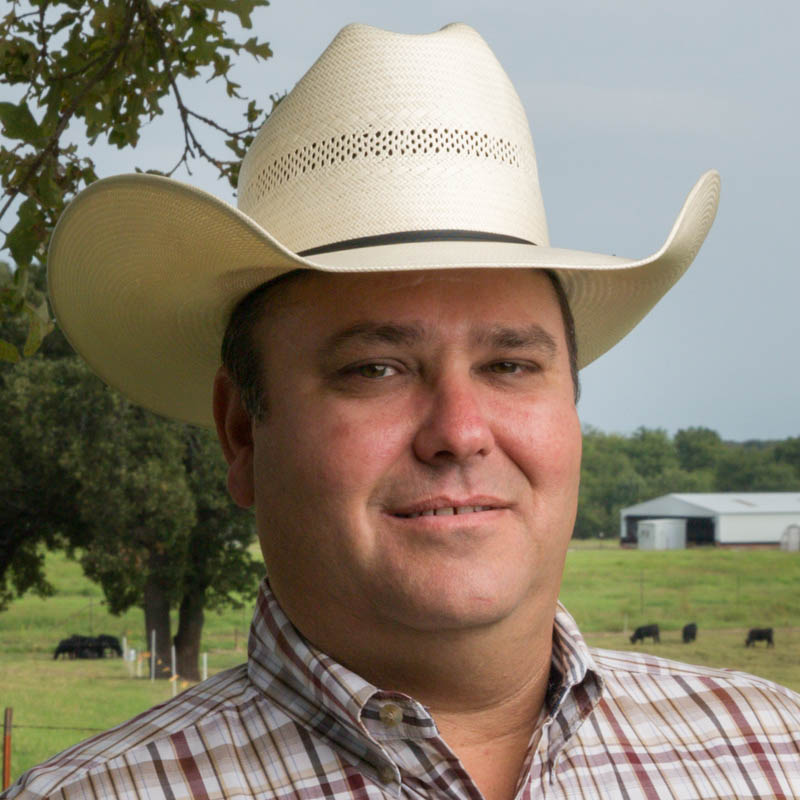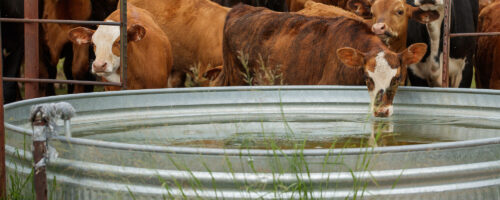Heterosis… Hype or Legit?
Simply put, heterosis is hybrid vigor: the added advantage in performance of a crossbred over the average of its purebred parents.
For as long as the beef industry has existed, crossbred commercial cattle operations have made up the lion’s share of the beef cattle population, and those “in the know” were telling producers to “clean up their acts.” Now, it seems every publication you read or every expert you hear is talking about heterosis. So, you ask, “What’s this fancy word ‘heterosis,’ and can I capitalize on it in my herd?” Well, simply put, heterosis is hybrid vigor. At the Noble Research Institute’s recent Beef Cattle Female Selection School, livestock specialist Clay Wright defined hybrid vigor as “the added advantage in performance of a crossbred over the average of its purebred parents.” So, you say, “Hey, I’ve been doing things right all along and didn’t even know it, right?” Well, not so fast…
There is more to hybrid vigor than just taking a crossbred cow and breeding her with any old bull. Numerous studies have been conducted over the years to look at this very subject. If you want to take full advantage of this phenomenon, there has to be some thought put into the process.
Hybrid vigor is most fully expressed when you use bulls and cows of known ancestry – not just breeding any bull to a cow you pick up from Joe down the road or you bought at the sale barn because the price was right. Work conducted at Texas A&M University by Dr. Jim Sanders has shown a 10 to 20 percentage point increase in calf crop born to F1 cows (a cow which is a first-generation cross between two breeds) when compared to straight-bred cows. The advantage will fall dramatically when F2 (F1 x F1 bred cows) or greater cows are used.
One of the most effective and simplest ways for calves to exhibit hybrid vigor is to use an F1 cow and a pure-blood bull of known performance and ancestry; this is what the Foundation livestock specialists have been suggesting to certain cooperators. Use of a pure-blood bull allows the producer to have some predictability of how the bull’s progeny will perform. The prediction is made through the bull’s EPDs. In the Foundation publication Crossbreeding Beef Cattle for Western Range Environments, Don Kress and Michael MacNeil stated that an average F1 crossbred cow returns up to $70 more per cow per year than the average straight-bred cow. To arrive at this number, they looked at the various traits (Table 1) that cross breeding affects and the advantage that hybrid vigor afforded to or detracted from the calf.

After studying the table, it becomes obvious that a well-thought-out terminal crossbreeding program can work for many beef producers. Breeding a pure-blood bull to a crossbred cow is one way to maximize hybrid vigor (total heterosis in right-hand column of table). Research has shown, though, that taking crossbred bulls and breeding them with crossbred cows reduces the amount of hybrid vigor that can be expected. This is the reason the Foundation’s livestock discipline is recommending an F1-type cow bred to a straight-bred bull of known performance data (EPDs) and ancestry.
It does not matter if you are selling your calves at weaning, as yearlings or retaining ownership through the feedlot; you cannot afford to give up the advantages that hybrid vigor will convey to your bottom line



Comment